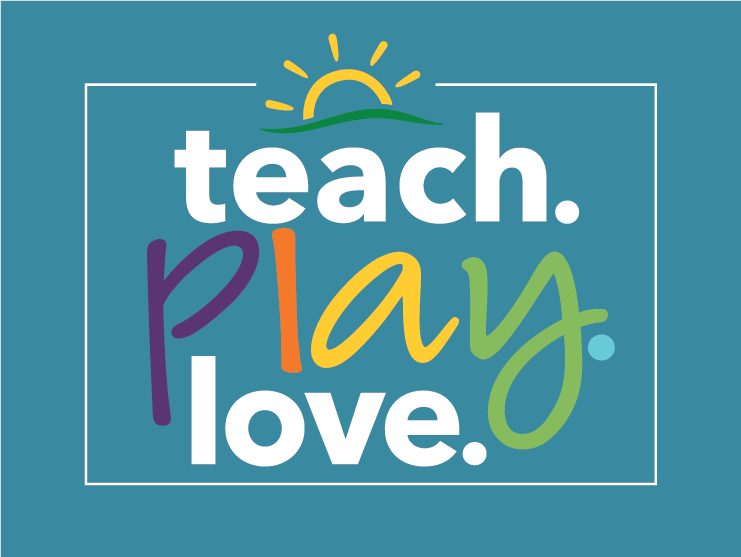The first time your toddler empathically says “No!” to you it may surprise you or make you laugh. But once that “No!” enters your child’s vocabulary with regularity it can quickly become frustrating. While this stage can be challenging to navigate as a parent, it a sign of healthy development. Saying "no" is an important part of a child’s growth.
During the period of toddler development between 18 and 36 months, children are typically beginning to feel their power. "No" is a very powerful word that gets adults attention. Sometimes "no" is used simply to see that words get reactions, and sometimes "no" is really "no." Toddlers and 2-year-olds are learning that they are separate from their caregivers and they like to have their own strong opinions about everything. They are learning just how far their new-found independence will take them. It’s helpful to remember that toddlers want control over their environment — they want to be in charge.
Tips for Parenting Toddlers during the "No" Stage
Below are tips that may help you support your child through typical toddler behaviors and this stage of their development:
-
Establish predictable routines that are consistent and easy for your child to understand. Predictable routines and clear expectations empower a child to do what is expected and minimize opportunities to say no.
-
Think about how often you say no to your child and try to minimize it. Modeling is a primary way that children learn so try phrasing. Instead of saying, "No, we can’t read stories because you haven’t brushed your teeth," say, "After you brush your teeth well read stories. You can pick two."
-
Explain and encourage the behavior you want to see. Turn a negative statement into a positive one. Instead of saying, "No jumping on the couch," explain: "We sit on the couch to cuddle and read. The floor is where people jump. Shall we sit on the couch or jump on the floor?"
-
Avoid power struggles and practice saying yes, except for when it comes to health and safety matters. Choose your battles. For instance, arguing over clothes with kids isn’t a battle worth fighting. Before saying no, ask yourself: "Why not? Does it really matter if my child wears stripes and polka dots to school or rain boots on a sunny day?"
-
Make tasks fun when you can to avoid hearing "no." Rather than telling your child, "It’s time to put your toys away," try "Let’s see how quickly you can put your blocks away. I’ll close my eyes and count." You can also set a timer: "Let’s put the blocks away before the timer dings."
-
Validate what a child wants to do and let them know in simple words that you understand why they are angry or upset. Next, reiterate what they need to do and, if possible, throw in a fun activity. "I know you want to stay at the park and play, and I wish we could too, but we have to go to the supermarket. I’d like you to help me push the shopping cart."
-
Offer encouragement when you notice your child being agreeable or helpful. "Thanks for picking up the blocks. You were so fast! Now we have more time to read stories." Positive encouragement builds self-worth and helps your child understand - and repeat - desired behaviors.
-
Offer choices whenever possible. Choices can be as minor as "What song should we sing on our way home today? It’s your choice!" Offering small choices throughout the day reduces frustration when you do have to say no.




